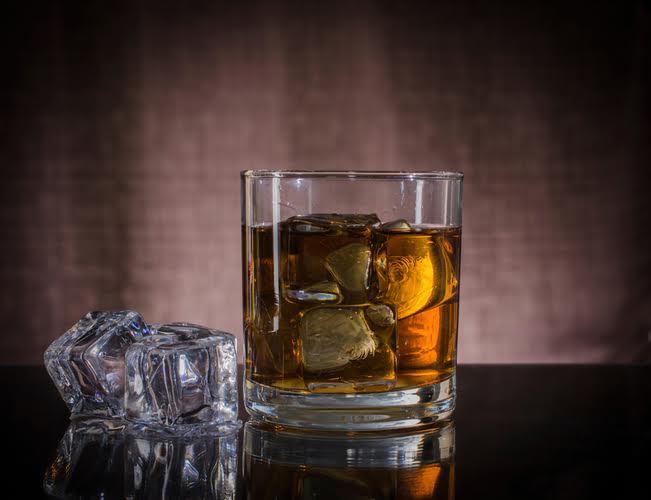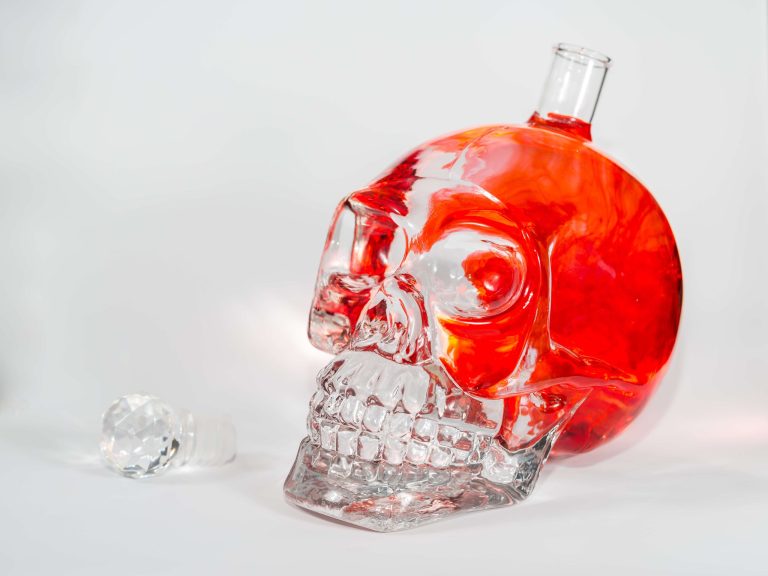Each time you take a drink, move one of the coins into your other pocket. This way, when your coins run out, you can be sure not to exceed the previously determined limit that you imposed on yourself. A second basic tenet to alcohol counseling for people who are attempting moderate or control their drinking is to pick an amount of alcohol that they will not exceed and to stick with it. The National Institutes of Health recommend that, to maintain “low-risk drinking,” men consume no more than four drinks per day and no more than 14 per week. For women, the number is no more than three per day and seven per week. Only a small minority of people come to my practice with the expressed agenda of stopping their drinking altogether.
- But if you’re living with alcohol use disorder, drinking is more than a habit.
- There is some scientific evidence suggesting acupuncture provided by a qualified practitioner can help cut alcohol consumption and lessen alcohol withdrawal symptoms (11).
- The less alcohol you drink, the lower your risk for these health effects, including several types of cancer.
- If your favorite bartender is pouring your drinks and he knows you are a big tipper who likes to drink, you might need to have a brief conversation with him.
You may not need to completely reinvent your life to quit drinking, but making a few changes in your surroundings to help avoid alcohol triggers can make a big difference. The less alcohol you drink, the lower your risk for these health effects, including several types of cancer. There’s a strong link between heavy drinking and depression, and hangovers often make you feel anxious and low. If you already feel anxious or sad, drinking can make this worse, so cutting down may put you in a better mood generally. Since Donna first tried moderation, the concept of helping people try to moderate their drinking has gained traction.
Tips and Ways to Deal with Urges and Cravings to Drink
Prescription medications can be a useful tool in treating alcohol cravings. These thoughts, feelings, sensations, and beliefs are not necessarily negative. You may drink to avoid certain feelings, for instance, but you also may drink to enhance certain feelings. Maybe you experience your strongest cravings when you feel anxious or stressed or find yourself facing conflict with someone you care about. She notes that it can help to avoid your triggers as much as possible in early recovery, since triggers are often most intense when you first stop drinking. Checking in with another person in your life who’s trying to stop drinking can certainly help you ride out a craving with someone who understands.

Measure your drinks.
Alcohol use disorder includes a level of drinking that’s sometimes called alcoholism. Below are some specific strategies to try, and you can add your own at the end. Check off perhaps two or three to try in the next week or two, then add others as needed. If you haven’t made progress in cutting down after two to three months, consider quitting drinking altogether, seeking professional help, or both. To stick to the above drinking goals, there are why can’t i control my drinking other moderate drinking techniques that you can employ, such as avoiding hard alcohol and sticking to beer.

Avoid loneliness.
You’ll need to experience the urge, but not act on it, until the urge lessens and goes away. Pick a name for your urges that’s imaginative, strong, and meaningful to you. That little voice in your head that badgers and coaxes you. Some call it “The Inner Brat,” “The Alcohol Salesman,” “The Lobbyist,” “The Terrorist,” “The Whiner,” or just “The Enemy.” Pick a name that fits your experience with it. This signal is telling you to have a drink, but it’s not controlling you. While having an urge can be uncomfortable, it won’t hurt you.
Medical Professionals
And keeping track over time gives you the chance to see if your efforts to reduce your urges and cravings are working. The good news is that using these tips can improve your ability to manage and reduce urges and cravings overall. With a clear goal and a solid list of whys, it’s time to develop some strategies to stick within the limits.
Social and wellness issues
You can become conditioned to reach for a drink when your environment offers up certain cues. If you tend to drink too much whenever there is any alcohol in the house, get rid of it altogether, the NIAAA recommends. Food can absorb the alcohol in beverages, so eating before or even while you drink can dampen the effect and may make you want to drink less, says Crews. You might reach for alcohol when you’re really just thirsty, says Crews. Drink a cup of soothing tea or a tall glass of water before you imbibe—once your thirst is quenched, you may not feel the need for as much—or any—alcohol. A standard glass of wine is 5 ounces, which contains about 12% alcohol.
- Over time, alcohol use begins to affect the neurotransmitters, or chemical messengers, in your brain.
- Be sure to check out the CheckUp & Choices online program.
- For women, the number is no more than three per day and seven per week.
- “Once you have a sense of how much you’re drinking, it’s helpful to track how many drinks you’re having per day,” says Witkiewitz.
Products & Services
For over 20 years Dr. Umhau was a senior clinical investigator at the National Institute on Alcohol Abuse and Alcoholism of the National Institutes of Health (NIH). Finding or reaching out to other sober people can also help. From month-long sobriety challenges to the Sober Curious movement, more and more people are taking a closer look at the role alcohol plays in their lives.
A shot of distilled spirits like vodka is 1.5 ounces and equally 40% alcohol. One 12-ounce can of beer contains about 5% alcohol, and a standard glass of sherry is 3 to 4 ounces and contains about 17% alcohol, according to the NIAAA. To determine whether—and where—you fall in the alcohol use disorder (AUD) spectrum, answer the following questions. You may also consider joining an online support group to help you feel less alone. It might also be worth checking out a 12-step program in your area, like Alcoholics Anonymous or SMART Recovery, to see if it feels like something that might be useful for you. Letting others know about your choice to stop drinking may help motivate you to stick with your decision.
What Are Alcohol Cravings?
If you’re living with alcohol use disorder, quitting drinking is important for your health. But quitting on your own can pose risks to your health and is unlikely to be successful. Rehabilitation facilities can help you on your path to sobriety by addressing alcohol withdrawal symptoms and becoming involved in sober living support groups, like AA.